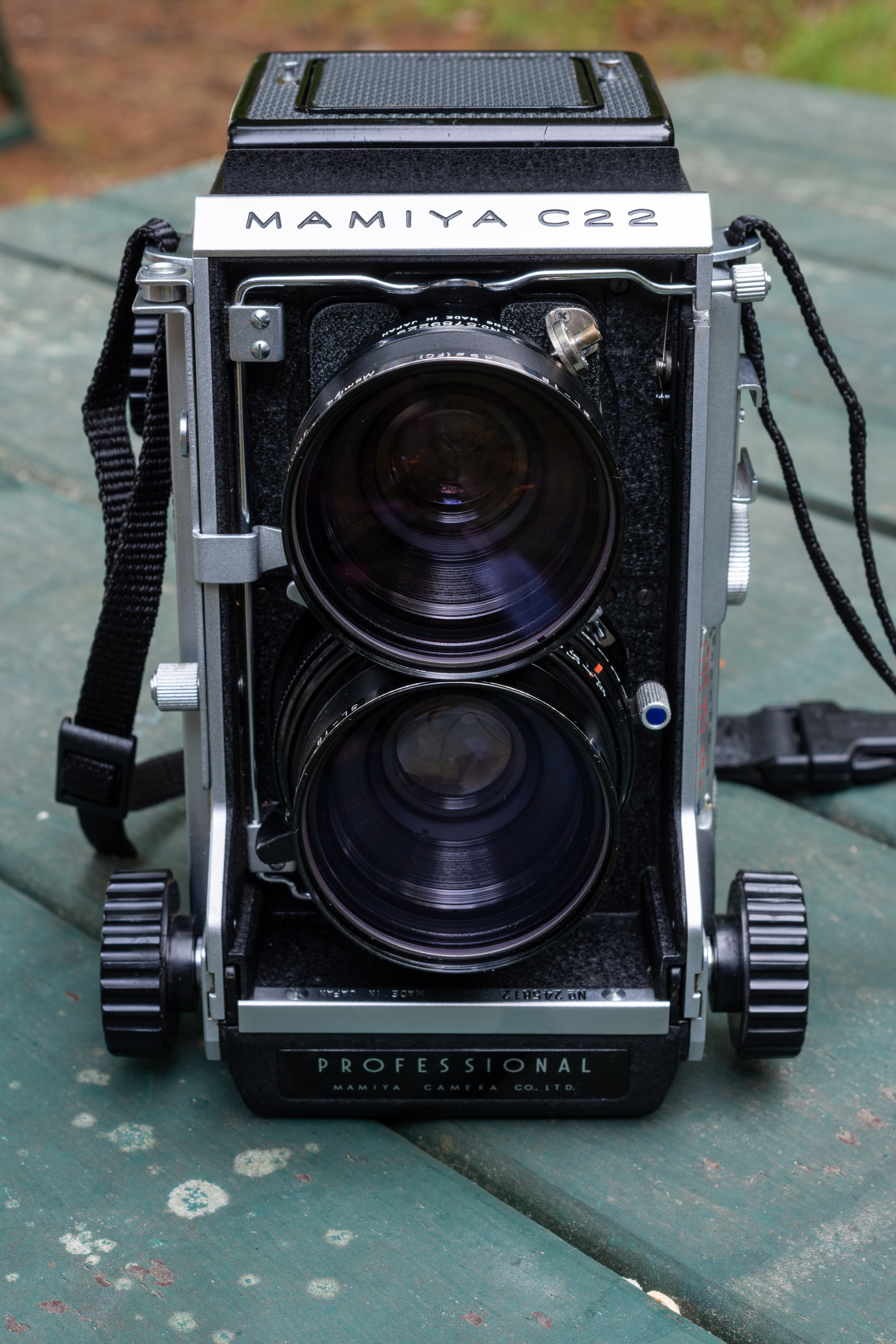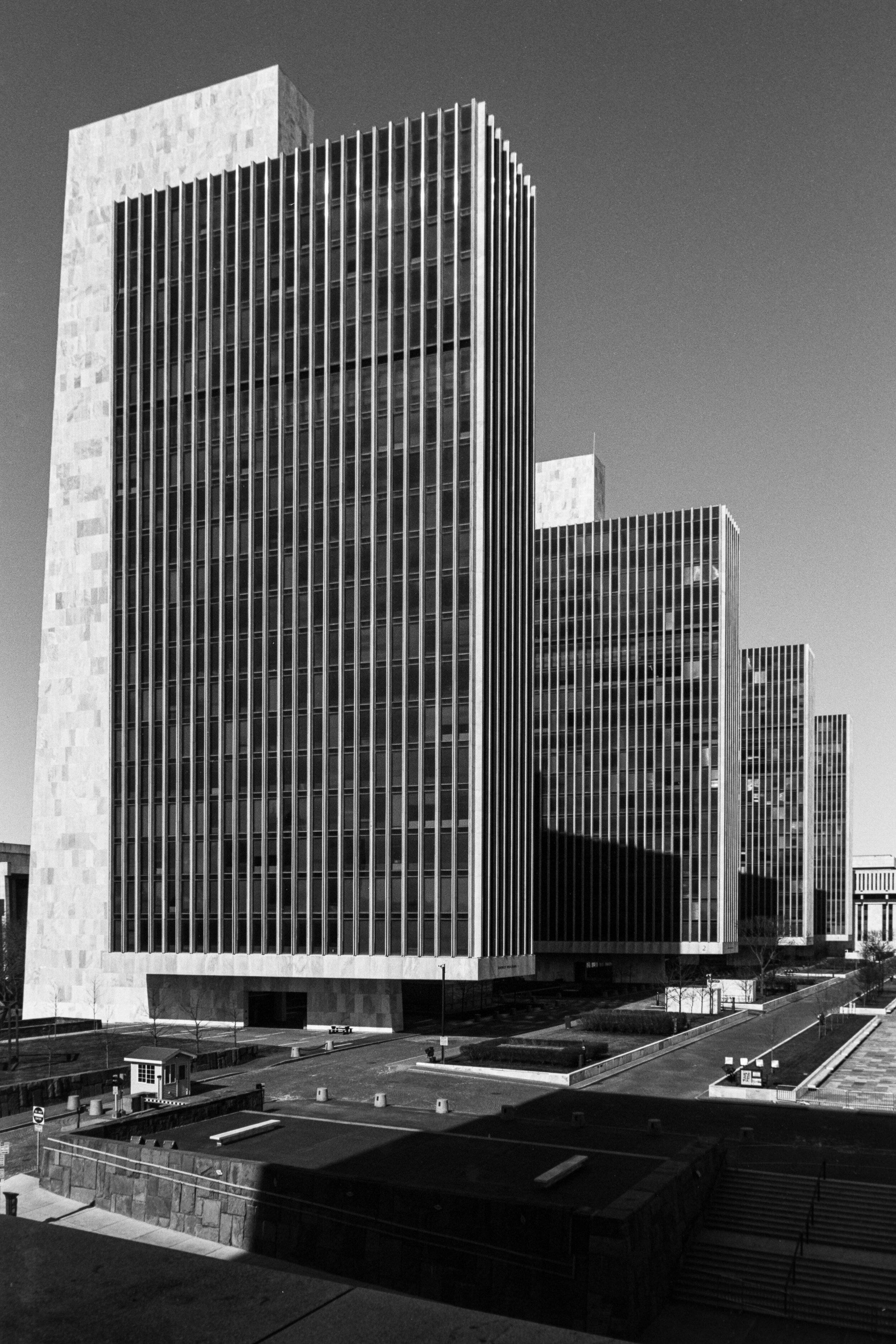The picture above, if you were unfamiliar with modern day Coney Island, doesn’t look that strange at first glance. There’s a few things that stick out when you take a closer look though: a ride on the Cyclone costs 25¢, there’s a Ford Model A waiting by the curb, and a bus ride costs 50¢. Why? Because this is actually a scan of an 8x10 cellulose negative from the 1930s. I was absentmindedly flipping through the Lelands 2020 Fall Classic auction catalog at my parent’s house in November when I saw this lot tucked away at the end of a larger selection of photographs up for auction. It came from a group of negatives obtained from the Brown Brother’s, the world’s first stock photography agency. There isn’t a specific date associated with the negative but it was probably taken sometime shortly after The Cyclone opened in 1927.
The tagline of my site is “History | Exploration | Photography”, and I don’t think I’d be living up to said tagline if I didn’t try to revisit this shot in the modern age. The Cyclone still towers over Surf Ave some 94 years later, though the area surrounding it has seen better days. The Big Dipper, built in 1921, was torn down in the late 40s and is now a vacant lot. I’m planning a trip to Rockaway Beach to visit the abandoned Fort Tilden this winter, and I’m hoping to stop by Coney Island and recreate this photograph with my own 4x5 camera.
I have to throw in a shoutout to my incredibly awesome dad who won this negative from Leland’s for me as a Christmas present, and I thought I’d share it here for those who appreciate history and photography like I do.












































